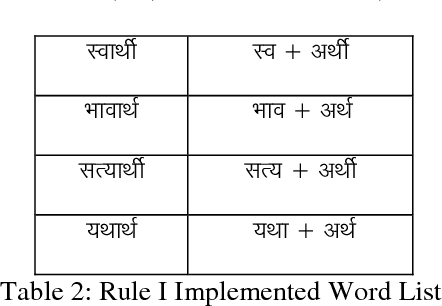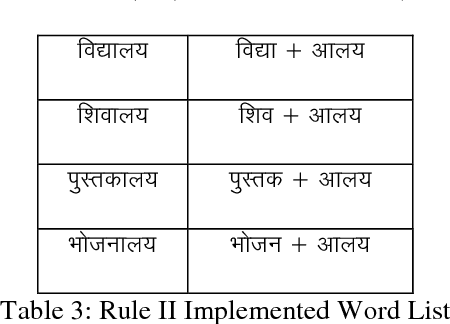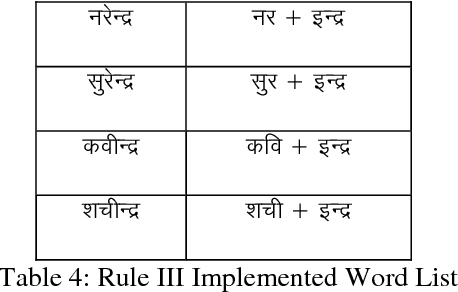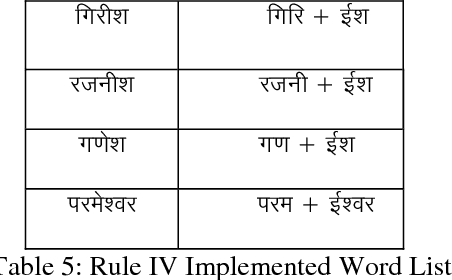Vishal Goyal
Evaluation of Hindi to Punjabi Machine Translation System
Oct 09, 2009


Abstract:Machine Translation in India is relatively young. The earliest efforts date from the late 80s and early 90s. The success of every system is judged from its evaluation experimental results. Number of machine translation systems has been started for development but to the best of author knowledge, no high quality system has been completed which can be used in real applications. Recently, Punjabi University, Patiala, India has developed Punjabi to Hindi Machine translation system with high accuracy of about 92%. Both the systems i.e. system under question and developed system are between same closely related languages. Thus, this paper presents the evaluation results of Hindi to Punjabi machine translation system. It makes sense to use same evaluation criteria as that of Punjabi to Hindi Punjabi Machine Translation System. After evaluation, the accuracy of the system is found to be about 95%.
* "International Journal of Computer Science Issues, IJCSI, Volume 4, Issue 1, pp36-39, September 2009"
Implementation of Rule Based Algorithm for Sandhi-Vicheda Of Compound Hindi Words
Sep 12, 2009



Abstract:Sandhi means to join two or more words to coin new word. Sandhi literally means `putting together' or combining (of sounds), It denotes all combinatory sound-changes effected (spontaneously) for ease of pronunciation. Sandhi-vicheda describes [5] the process by which one letter (whether single or cojoined) is broken to form two words. Part of the broken letter remains as the last letter of the first word and part of the letter forms the first letter of the next letter. Sandhi- Vicheda is an easy and interesting way that can give entirely new dimension that add new way to traditional approach to Hindi Teaching. In this paper using the Rule based algorithm we have reported an accuracy of 60-80% depending upon the number of rules to be implemented.
* International Journal of Computer Science Issues (IJCSI), Volume 3, pp45-49, August 2009
 Add to Chrome
Add to Chrome Add to Firefox
Add to Firefox Add to Edge
Add to Edge